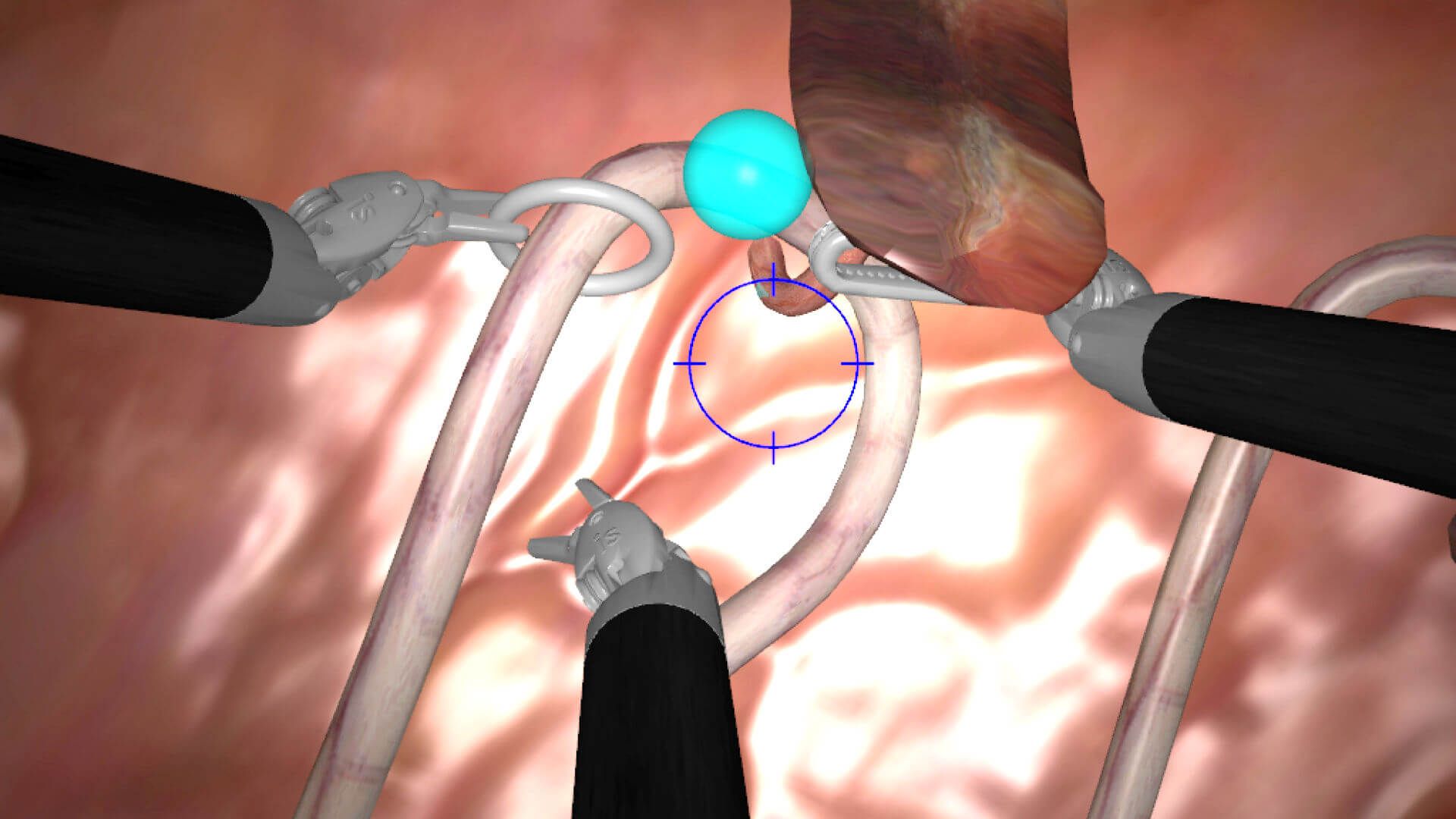What will we gain if we discover the Theory of Everything?
Find out from Dr. Michio Kaku!
What will we gain if we discover the Theory of Everything?
Find out from Dr. Michio Kaku!
NASA has tested a tiny reactor that could power homes on Mars.
This gel is as flexible as jello and stronger than steel.
Your blood is slightly magnetic.
Elon Musk just pulled off a Steve Jobs-ian “one more thing” surprise. https://bloom.bg/2zaIMum

We’re no stranger to robotics in the medical field. Robot-assisted surgery is becoming more and more common. Many training programs are starting to include robotic and virtual reality scenarios to provide hands-on training for students without putting patients at risk.
With all of these advances in medical robotics, three niches stand out above the rest: surgery, medical imaging, and drug discovery. How have robotics already begun to exert their influence on these practices, and how will they change them for good?


This tractor beam breakthrough means humans are one step closer to levitation. (via Seeker)
